SUMMARY
This is AI generated summarization, which may have errors. For context, always refer to the full article.
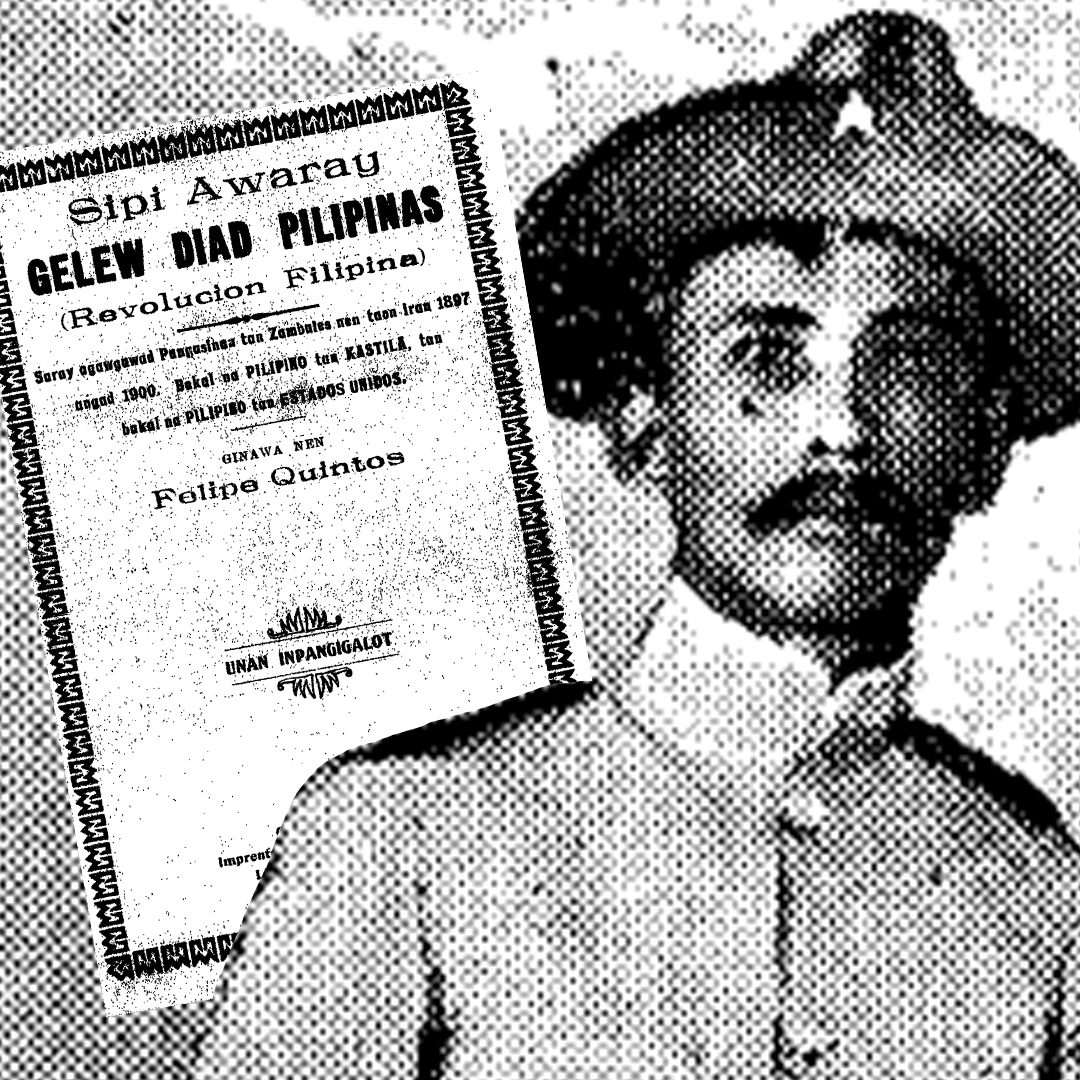
A local historian has finished his translation of a century-old war memoir by a high-ranking Katipunero.
Melchor Orpilla, who teaches Social Studies at Pangasinan State University, finished translating Felipe Quintos’ Pangasinense tome into Filipino on Sunday, November 14. The book, entitled Tala ng Kasaysayan ng Pag-aalsa sa Pilipinas (Revolucion Filipina): Ang mga Pangyayari sa Pangasinan at Zambales noong taong 1897 hanggang 1900. Digmaan ng Pilipino at Kastila at Digmaan ng Pilipino at Amerikano, was originally published in 1926.
Quintos was a colonel who served in the Katipunan, and later in the Philippine Republican Army before Aguinaldo disbanded it and it turned into a guerilla force.
The translation was published by the National Commission for Culture and the Arts (NCCA), but it has not yet been launched as of writing. Soon, however, Pangasinenses and Zambaleños will be able to learn how Filipinos liberated Western Pangasinan (then Northern Zambales) from the Spaniards — something Dr. Rosario M. Cortes, renowned historian who wrote three books on Pangasinan’s history, was not able to delve deep into.

A tricky project
Orpilla has had his problems translating the 82-page book.
“Quintos wrote his works as if he was telling the story orally,” said Orpilla, who worked for years translating the magnum opus.
According to Orpilla, Revolucion Filipina‘s writing style was “unwesternized,” not following orthodox grammar rules. He also had to painstakingly search for words equivalent to some olden Pangasinense terms in order not to compromise accuracy and context.
“That’s the beauty of Pangasinan [language]. Indigenous siya, may sariling literary identity,” he admitted.

How the project began
Orpilla, a passionate man of history, had been compiling books related to Pangasinan, when he noticed how author Felix Montemayor would frequently cite Felipe Quintos and his book.
Orpilla then searched the whole province for a copy of Revolucion Filipina, only to find out that the only known copy of Quintos’ book was stored in an unsuspecting place – a digital library maintained by the University of Michigan.
It appeared that a copy of Quintos’ book may have been included in war spoils and was sent to the US.
As he was delving deeper into translating the digitized copy, Orpilla, through his son John Joseph Isaiah, also found a “sequel” to Quintos’ work.
“Nakita niya sa UP Library yung work ni Quintos,” said Orpilla, referring to his son. “Naka-typewriter siya.”
(He saw Quintos’ work at the UP Library. It was typewritten.)
This work had a similar title as the original, but this time was written in Spanish.
As the younger Orpilla skimmed through the worn-out pages, he found out that while Quintos’ first book cited his accounts during the Spanish Revolution, the second work focused on his accounts during the Filipino-American War.
The younger Orpilla struck a goldmine, but the piece remains unpublished and untranslated to this day.
Challenging standing historical claims
Going back to the first book, Quintos gave a new take on Pangasinan’s liberation, contending some generally accepted claims.
For example, Dr. Rosario Cortes, in her book, Pangasinan 1801-1900: The Beginnings of Modernization, cited Dagupan’s date of liberation as July 22, 1898.
Quintos’s accounts disagree, claiming instead that 1,500 Spanish forces surrendered on July 23 after large reinforcements led by Francisco Macabulos arrived on this day.
Another challenge to accepted historical claims involved Daniel Maramba, tagged as one of the heroes of the said battle. He was not mentioned at all in Quintos’ memoirs.
“There are existing contradictions, and this will pave way for further researches, for further studies,” said Orpilla. “Through that, makukuha natin kung ano yung tunay na nangyari sa kasaysayan (we’ll find out what really went down in history).”
“This is another perspective from a local Katipunero we should take with a grain of salt,” Orpilla cautioned nonetheless.
Hopes and expectations
Orpilla is now planning to translate Revolucion Filipina’s Spanish “sequel.”
“We all know about Bonifacio and Aguinaldo. But why do only a few people know about Roman Manalang? About Felipe Quintos? It was they who liberated some parts of the province, not those national figures,” said Orpilla.
He wishes that younger generations remember the sacrifices made by local freedom fighters, and give them the recognition they deserve.
Orpilla also hopes that his translation effort would pave way for deeper research into the local Katipunan movement in Pangasinan and Zambales, removing erroneous accounts along the way. – Rappler.com
Add a comment
How does this make you feel?
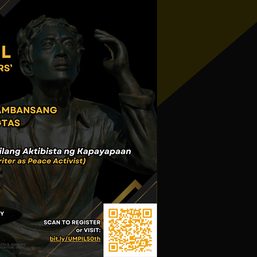
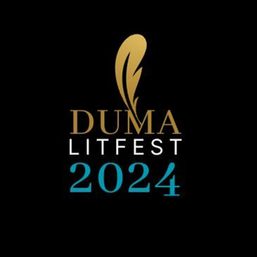


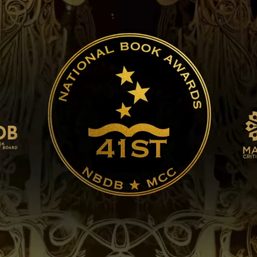
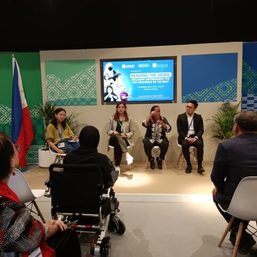
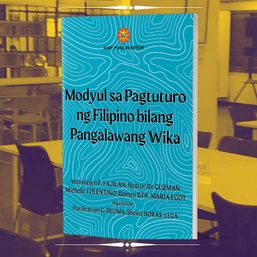



There are no comments yet. Add your comment to start the conversation.